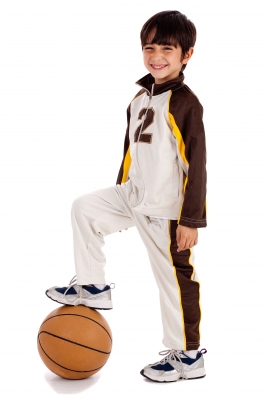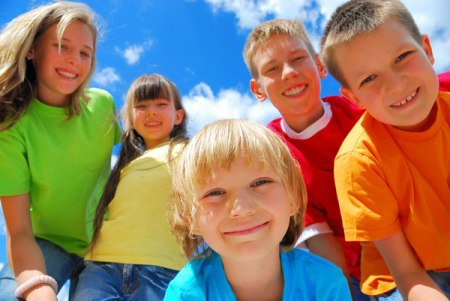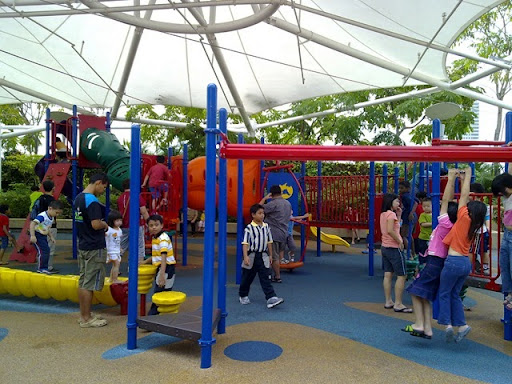
Along with a balanced nutrition and healthy lifestyle, a child can also benefit from several height boosting exercises during the growth years. While for an adult it is a bit difficult to increase the natural growth of the body, growing children with regular practice can achieve a highly desired healthy physique. Coupled with fun family activities, the whole process of leading a healthy life during formative years becomes easier than otherwise. Usually, growth slows down after 24 years of age. Genetics too play a role in the height of an individual. Normal exercises, when made a regular routine, can supplement the natural growth process of the body. Persistence and dedication are all that are required.
Cobra
The posture attained with this exercise facilitates stretching of the whole body, right from the tip of the toe to the shoulder muscles. Being easy to do, this is one of the most common exercises practiced in yoga and fitness classes. To begin with, the child needs to lie down flat facing the floor with the palms helping to exert the push upwards. One needs to lift up the body above the hips until the arms are straight and vertical to the chin. The arch bend needs to be extended as far as possible. The longer the arms, the more stretching will the body receive. Count to five and then come back to the sleeping position. The exercise needs to be repeated 10 times in each set and 3 sets would be recommended.
For first timers, the exercise generally would not produce any excessive pain. In fact, the stretching will loosen up the body and your child will inevitably feel good about it. This exercise is generally recommended as a morning routine along with others.
Super cobra
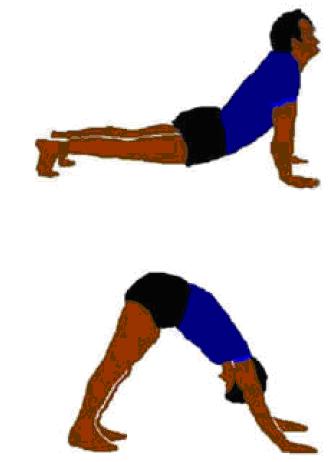
This exercise is an improved and more intense version of the cobra exercise. Thus, it is recommended for those children who are already comfortable with the cobra pose. In this asana, the child needs to start in a push up position with arms perpendicular to the floor. This is the posture where the original cobra exercise ends. Try stretching up more and bring the body into an inverted ‘V’ posture to the ground. While this is being done, the chin must be tucked in to the chest such that stretching is achieved in the neck region. After staying for about a count of 10 in this position, the child needs to slowly return to the starting posture.
The exercise should be repeated 10 times in a set and a minimum of 3 sets is appreciable. The do’s and don’ts are the same as with the cobra exercise. Beginners may take a week to get habituated and comfortable to the stretch level of the exercise.
Cat stretch
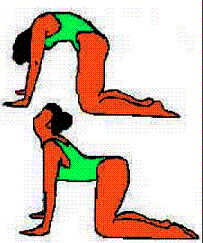
This is an easier height gaining exercise compared to both cobra stretches. In this case, the child needs sit parallel to the floor rested on the portion of the leg below the knee (shin and feet) and the hands with the fingers pointing away from the body. While the torso is parallel to the floor, the head should face towards the ceiling and he/she needs to take a deep breath. Gradual exhalation needs to be done when the torso is gradually arched upwards and this posture is also accompanied with the head becoming parallel to the position of the arms.
This is an easy exercise and can be practiced by one and all as long as there are no serious ailments or fractures. A beginner will easily get habituated to it.
Basic leg stretch
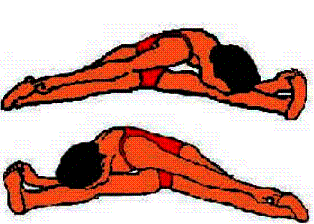
This is also one of the most commonly practiced exercises. In this case, the child needs to sit down with his legs spread as far apart from each other as possible. With the knees kept straight and fixed to the ground, the he/she needs to hold both the toes with his/her fingers and bring the face down to touch the knees. This needs to be repeated with both the knees alternately. Make sure the spine is not arched. Several repetitions should be made with each bowed posture lasting a minimum of 10 seconds.
This exercise is beneficial for both the leg muscles and spine. For beginners, the exercise is a bit tough and may take about a month to be fully comfortable with. However, this produces excellent results.
The bridge
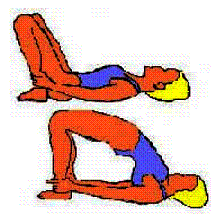
This is again a bit difficult exercise but produces excellent results. The child needs to lie down flat on the floor with face towards the ceiling. Fold the legs from the knees and press the feet against the hips. With the arms stretched to hold the legs, pressure must be exerted at the hips to lift up the rest of the body. This is again an arch position with the abs towards the ceilings. The abs should be lifted up as high as possible and not brought back to rest before a count of 10.
As already mentioned, this might be a bit difficult for beginners but with continuous practice this can be mastered within a couple of weeks.
The table
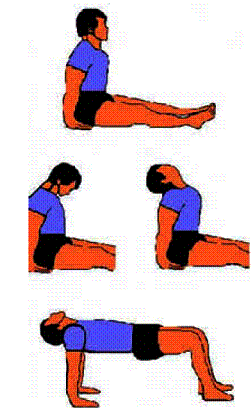
This exercise for height gaining needs a lot of practice and dedication. To achieve this, the child needs to sit on the floor with legs straight and joined to one another. The arms should also be vertical to the ground, pressed against the body with the palms placed parallel. Bringing the head back as far as possible, the child needs to force the body up supported by the palms and feet halfway from the posture. The whole body needs to be brought parallel to the floor such that the legs and arms look like legs of a table.
For beginners this exercise may take up to a month or even more to perfect. However the posture is highly effective in giving the body the required stretch for inducing faster growth.
The bow down
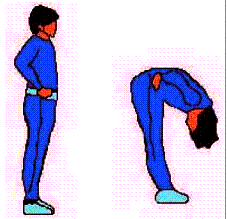
This is again a beginner’s exercise and easy to perform. The child needs to stand straight keeping the hands on the hips. In the same posture, the body needs to bent as down far as possible from the hips. At no point of time should the knees bend. Perfection is achieved when the head goes down far enough to touch the legs.
While initial stretching can be a bit painful, this exercise can be mastered within a couple of weeks. The stretch works perfect for the thigh and shin muscles.
The yawn
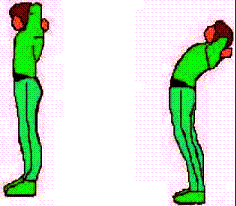
This is probably the easiest of all stretching exercises. Bring the hands to the back of the head and in an interlocked position. The torso needs to be bent backwards as far as possible. This exercise is comfortable for every individual and is also a natural process and thus the name. This should be repeated for four sets with each sets comprising of 10-15 repetitions.
The super stretch
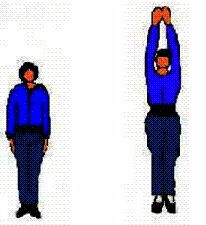
Standing straight, the child needs to raise his/her hands as far up as possible. This will require a slight lean to the back and standing on the toes. The lower part of the spine gets stretched inducing favorable metabolism in the muscles. This exercise can also be done by lying straight on the floor.
Being easy, this exercise too can be done by every child and produces no painful stress or stiffness.
Wall stretch
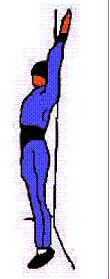
The wall can be used as a support to do this super stretch exercise. The back is supported effectively by the wall and the child can stretch without the risk of losing balance and falling down. This will generally be recommended for individuals with some kind of illness or handicap. The stretched posture should be kept for a certain duration, preferably for a count of five and repeated as many times as possible.
Hanging
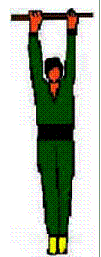
This will probably be the most favorite exercise for a child. Whether it is hanging from a bar or from the branches of a tree, the effect can be highly productive for the growth of the body. Hanging straightens the spine and affects every muscle in the body. Hanging also gives the body a perfect ‘V’ shape enhancing the lattices. For metal bars, it will be recommended to use a hand grip. For smaller children, practice should be advised under a skilled trainer.


